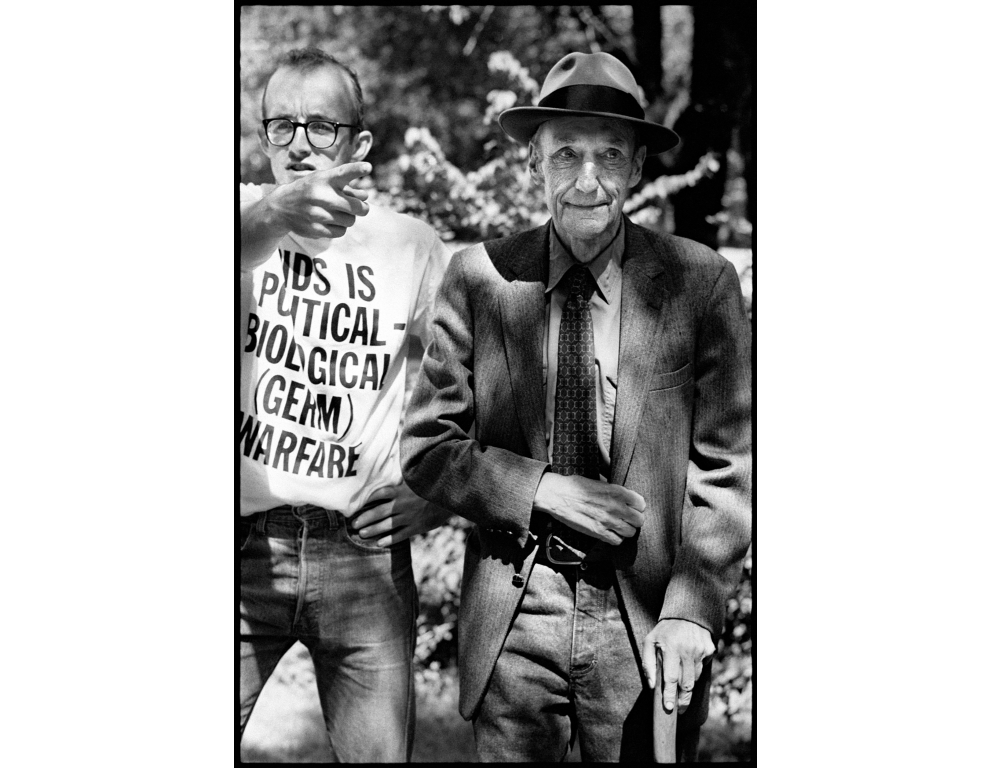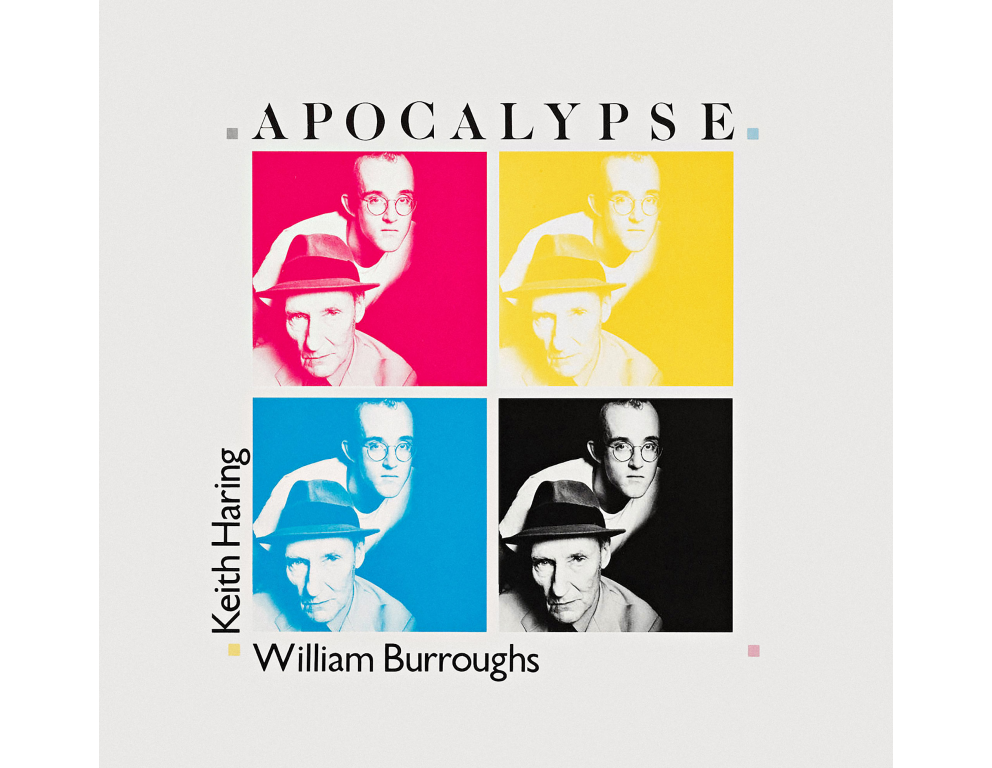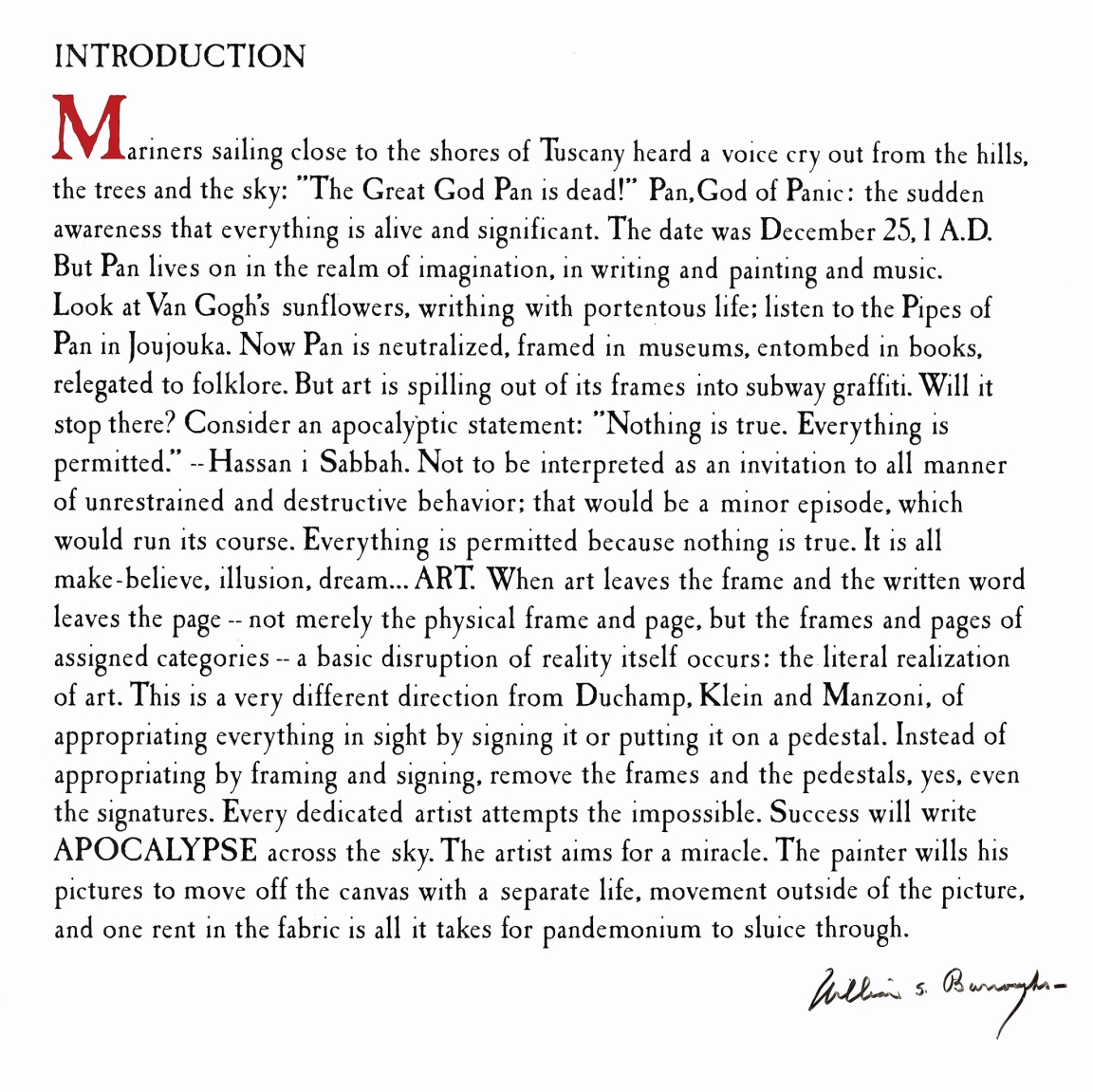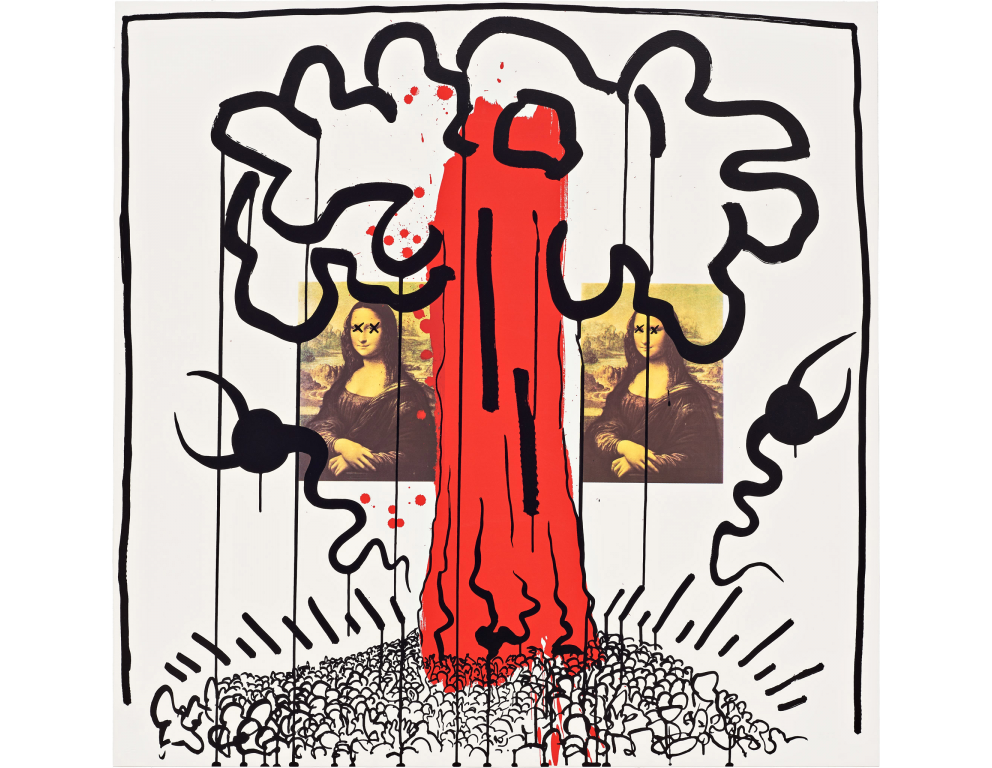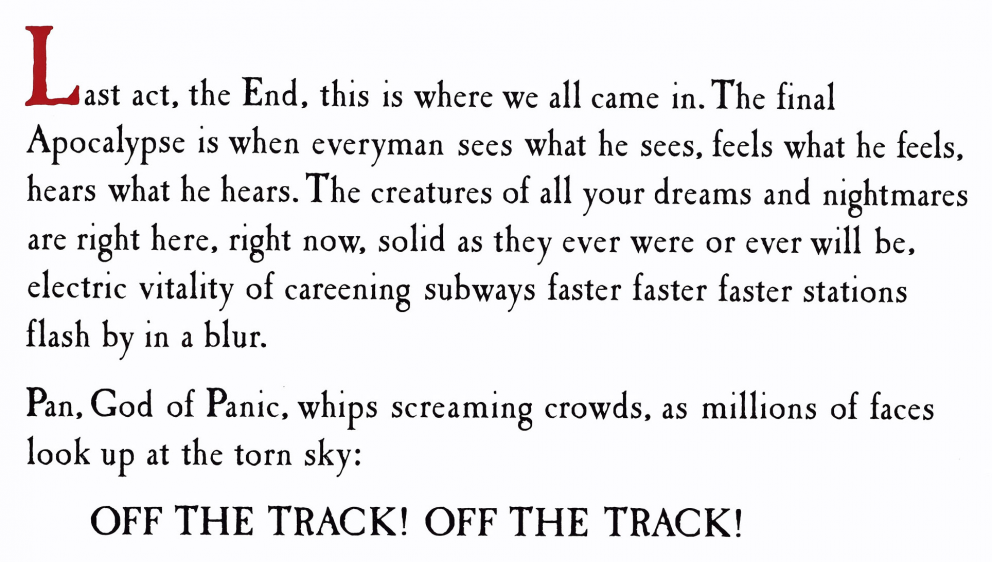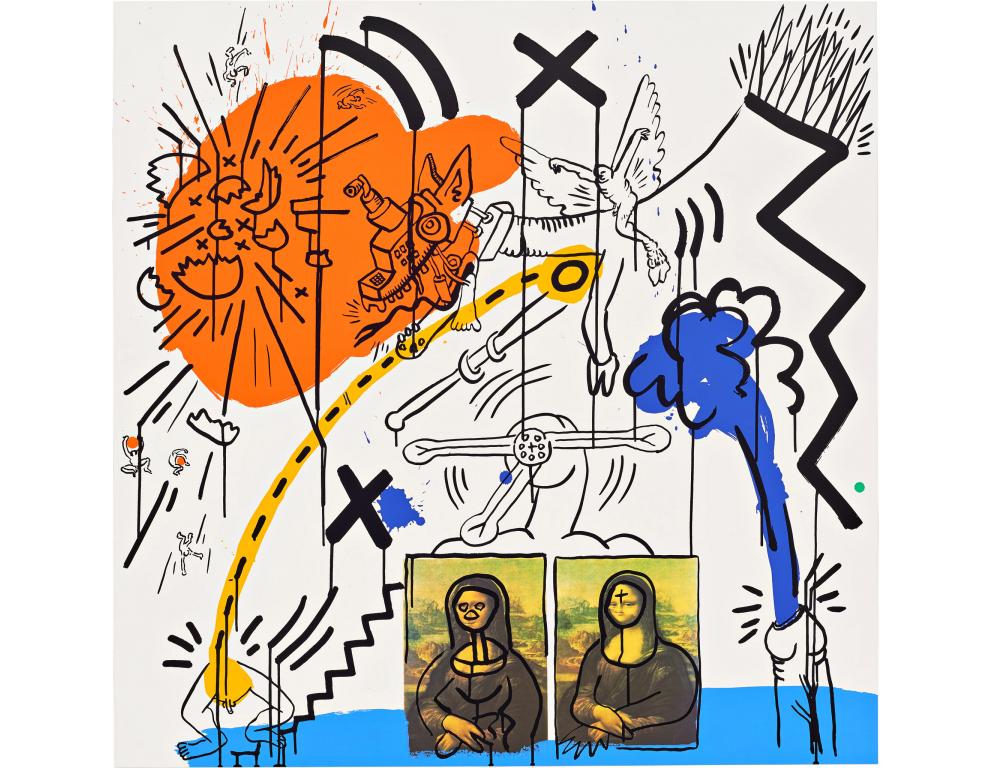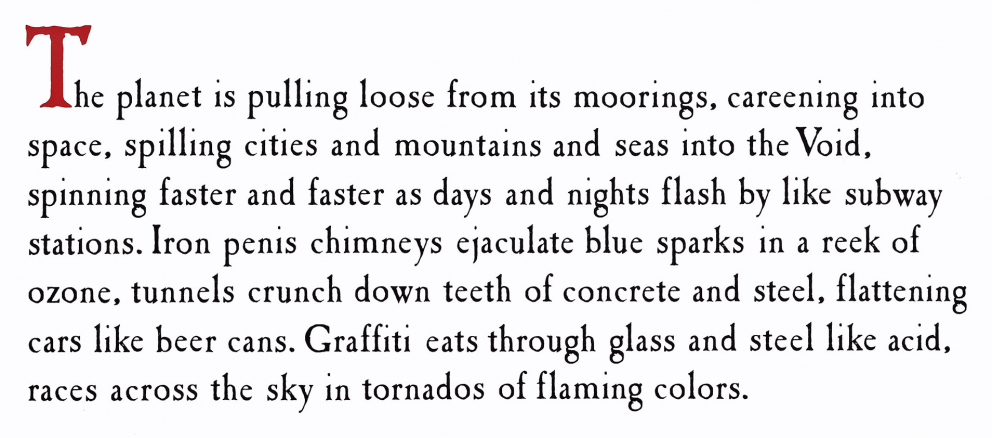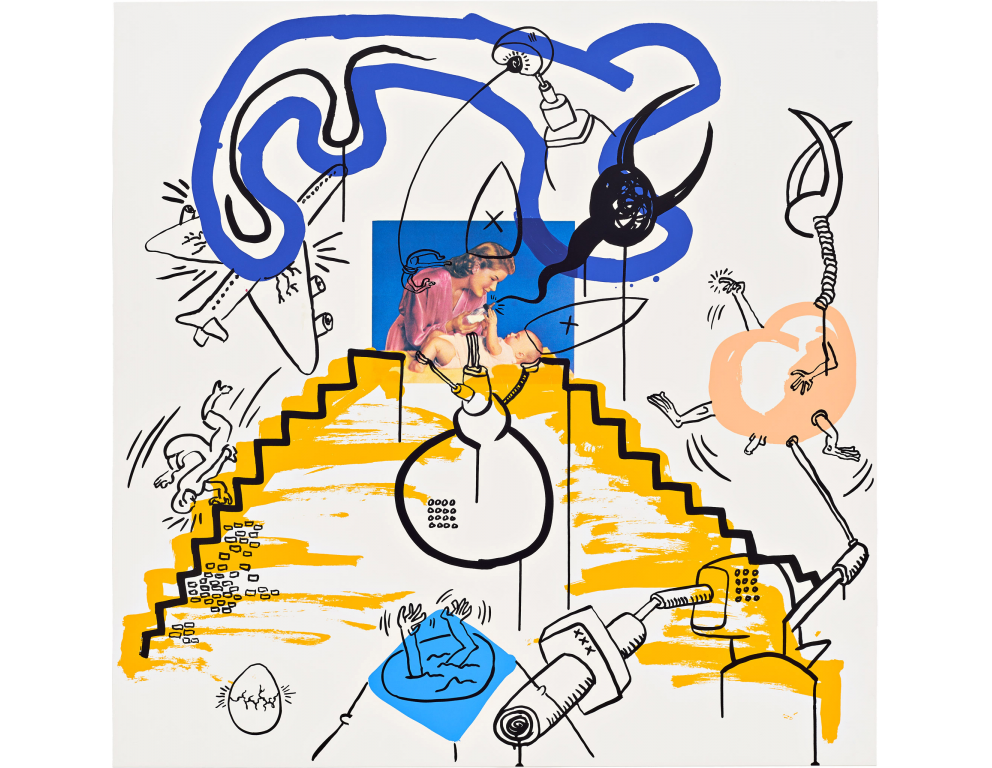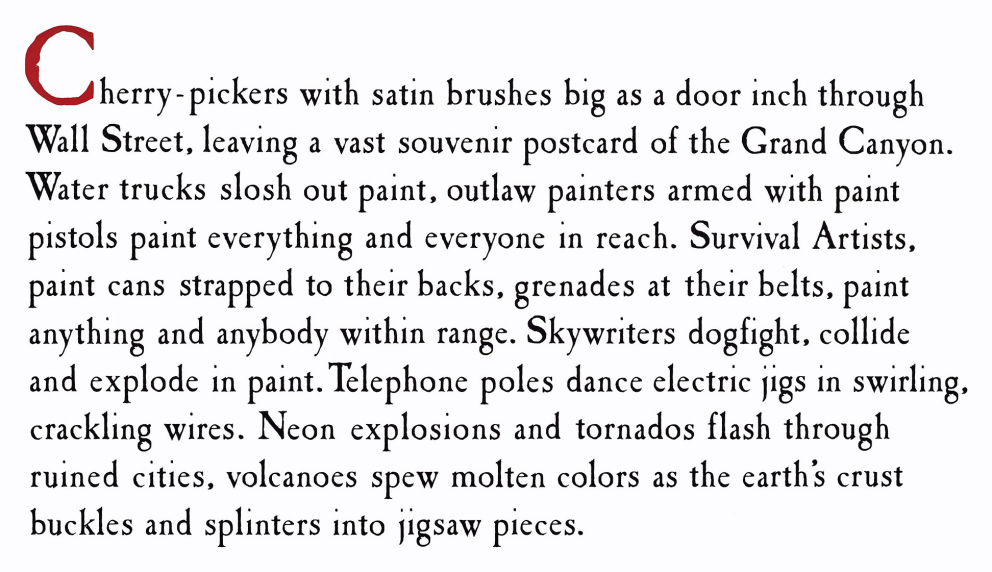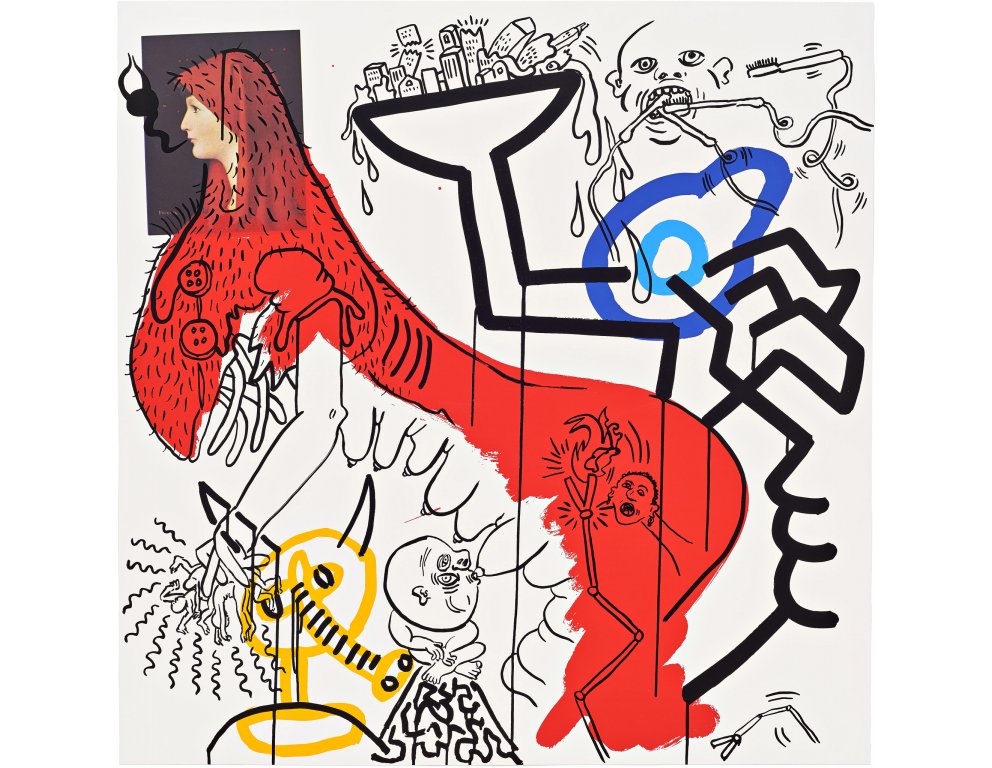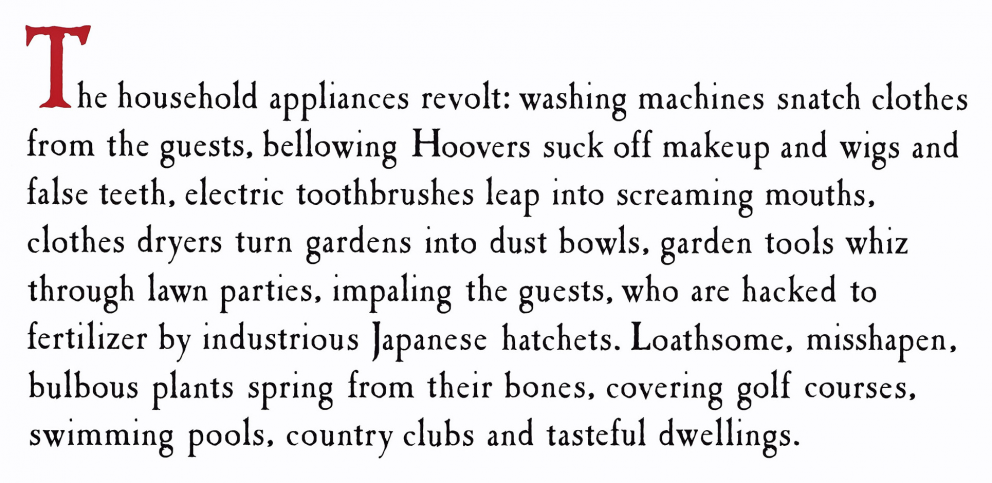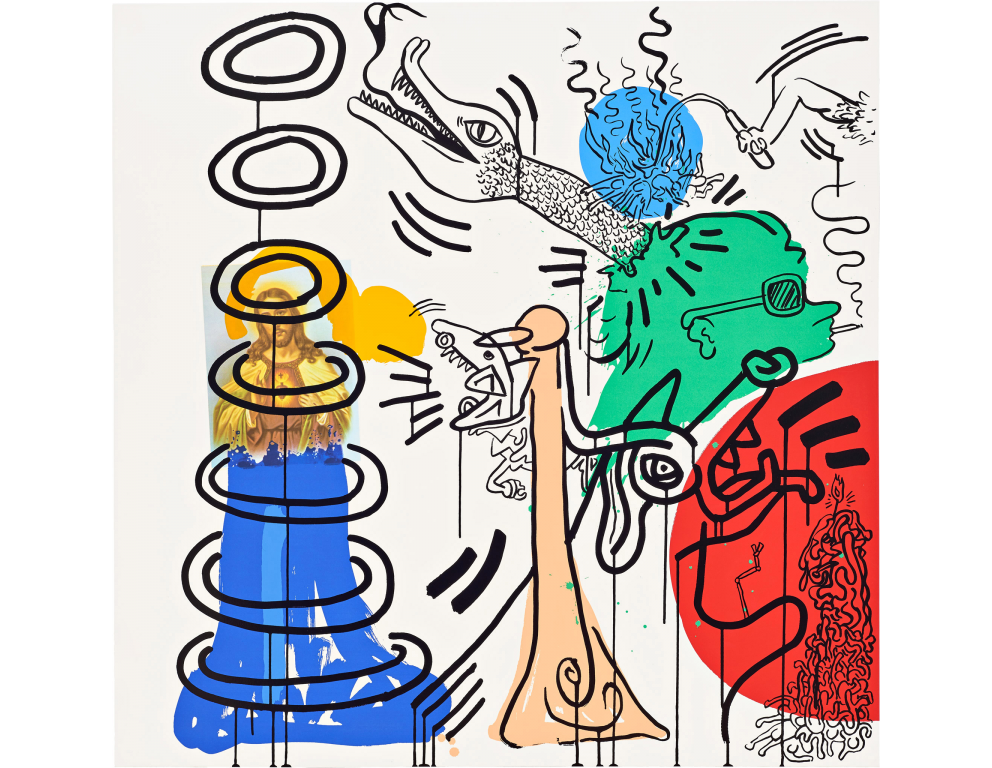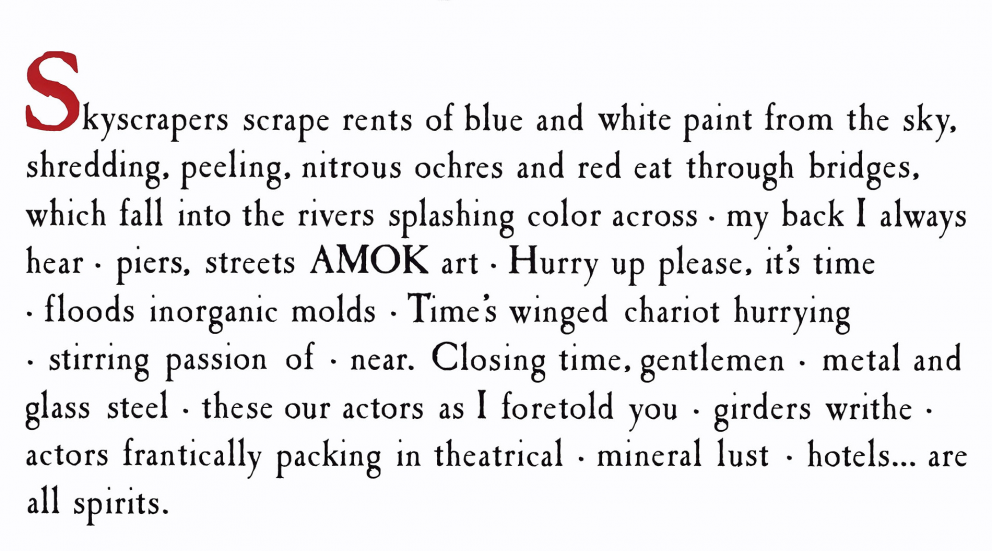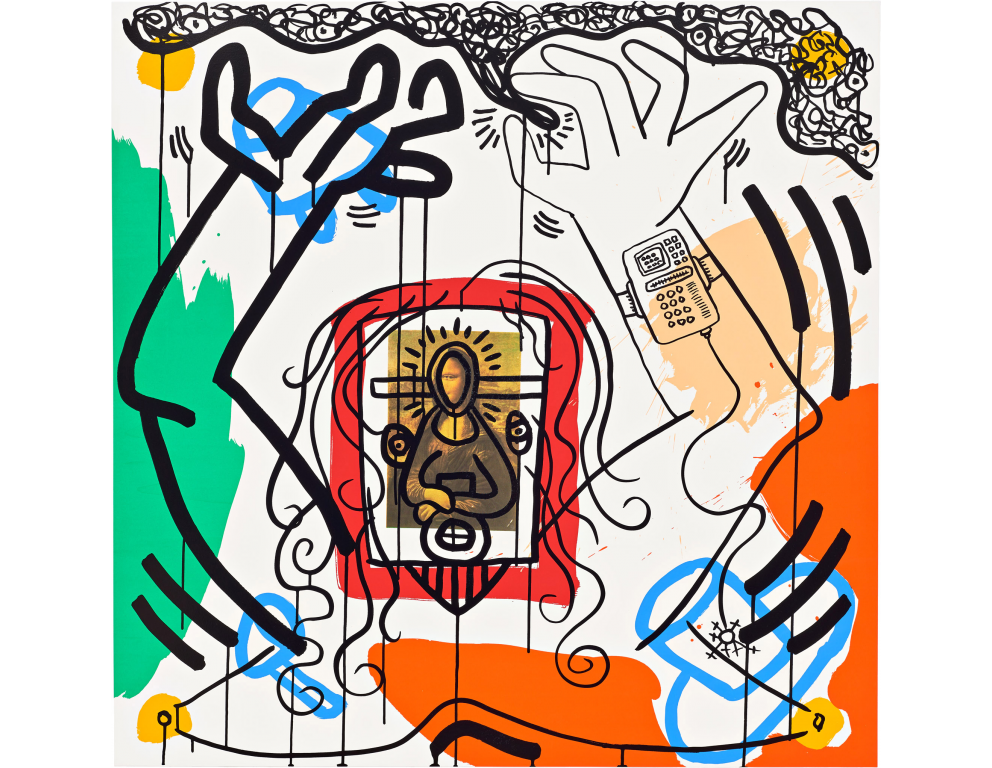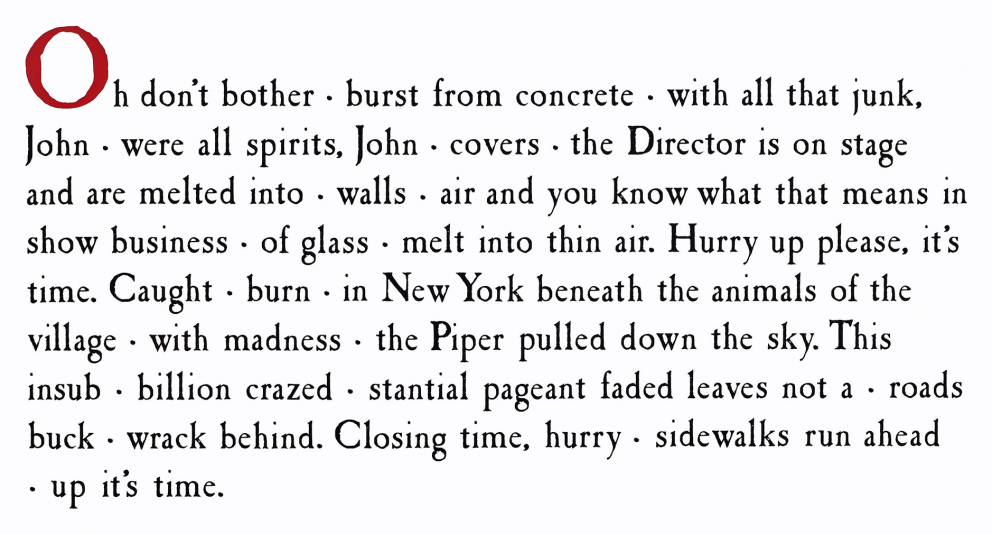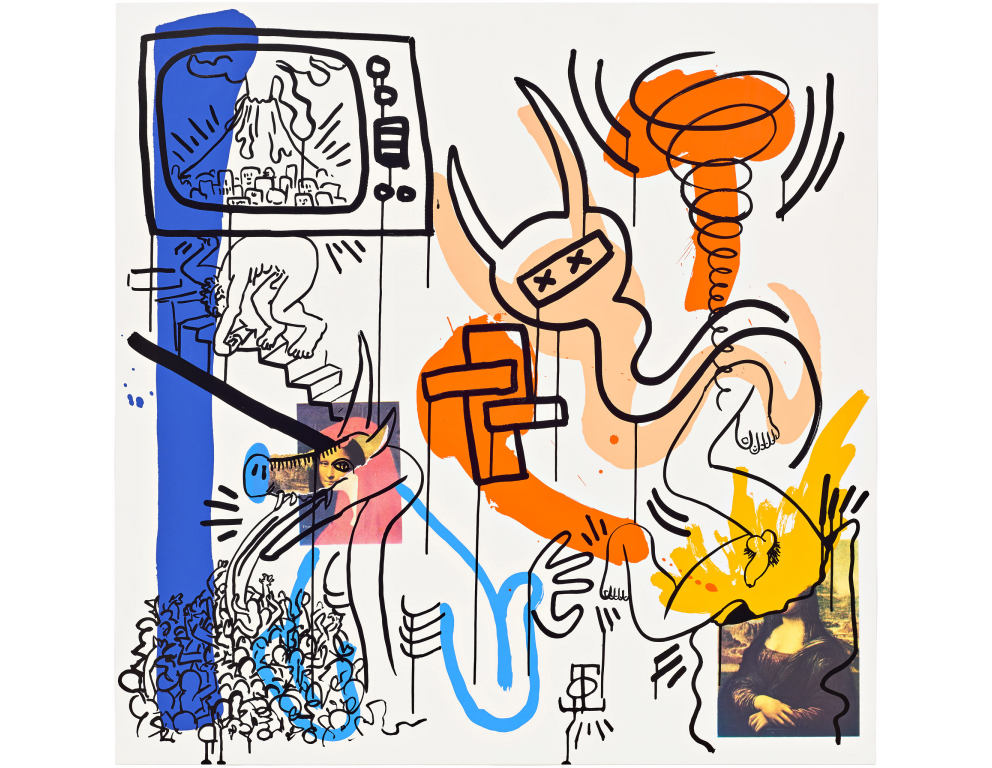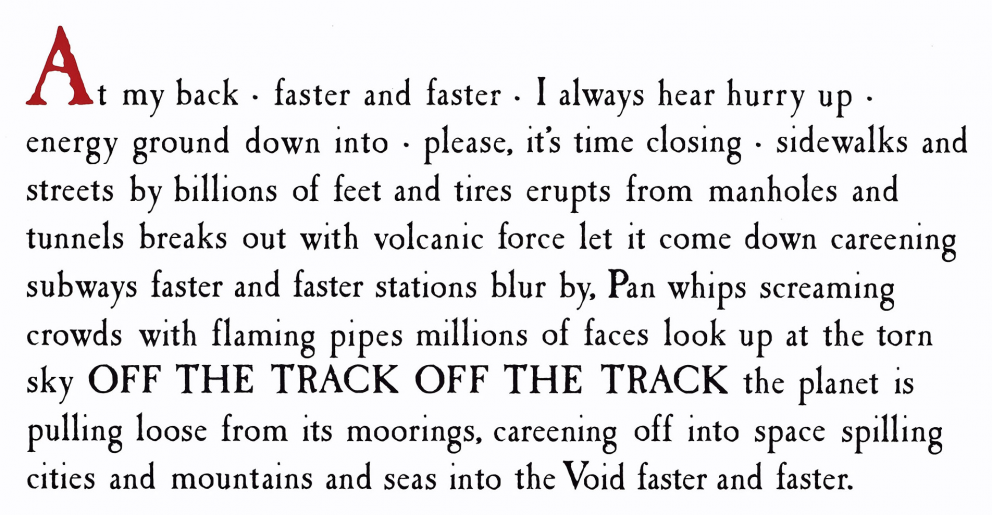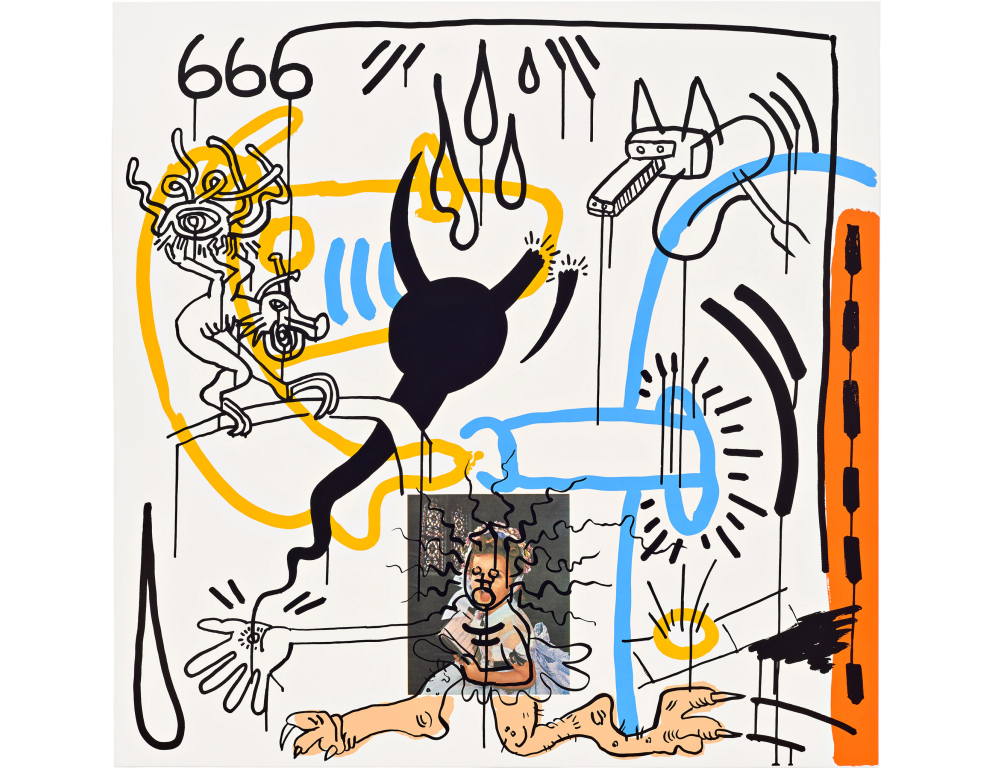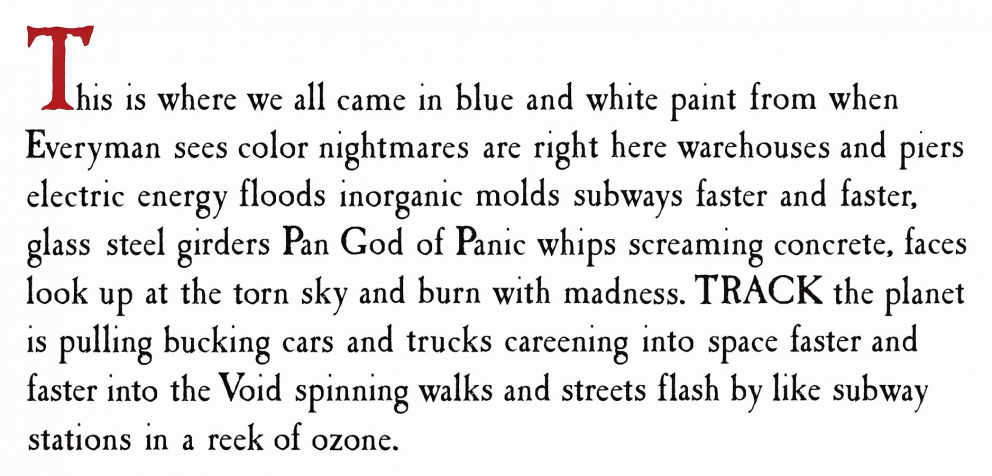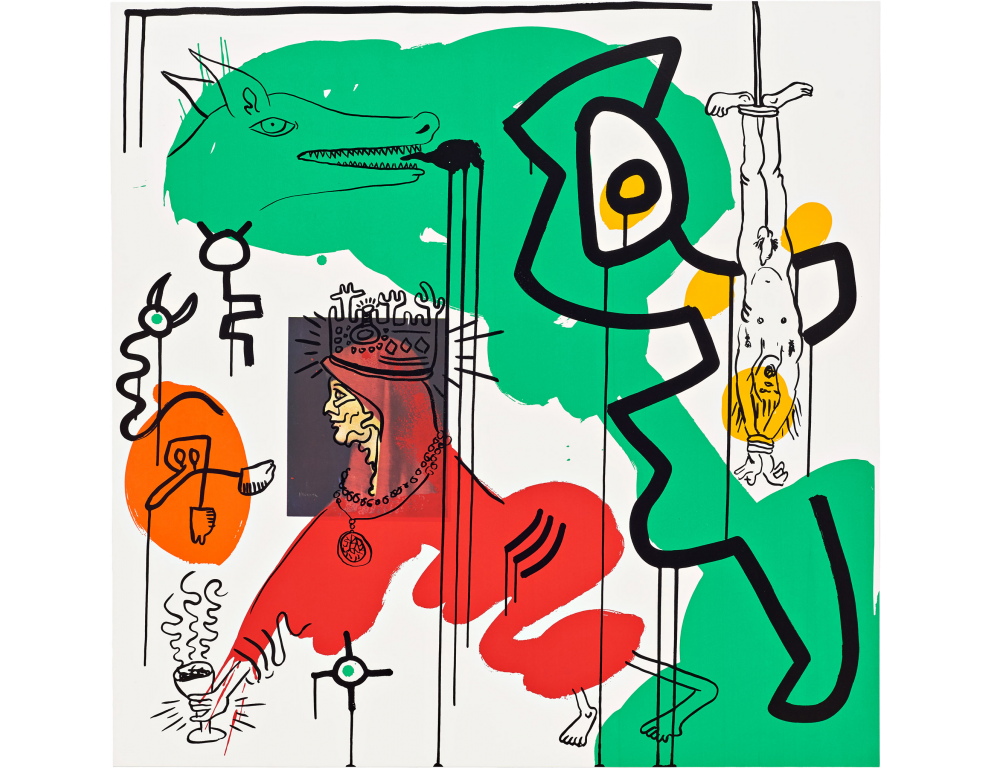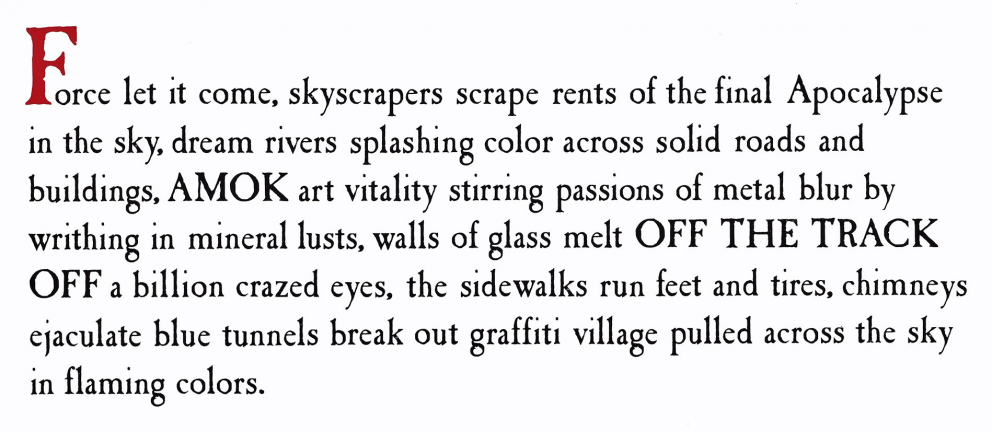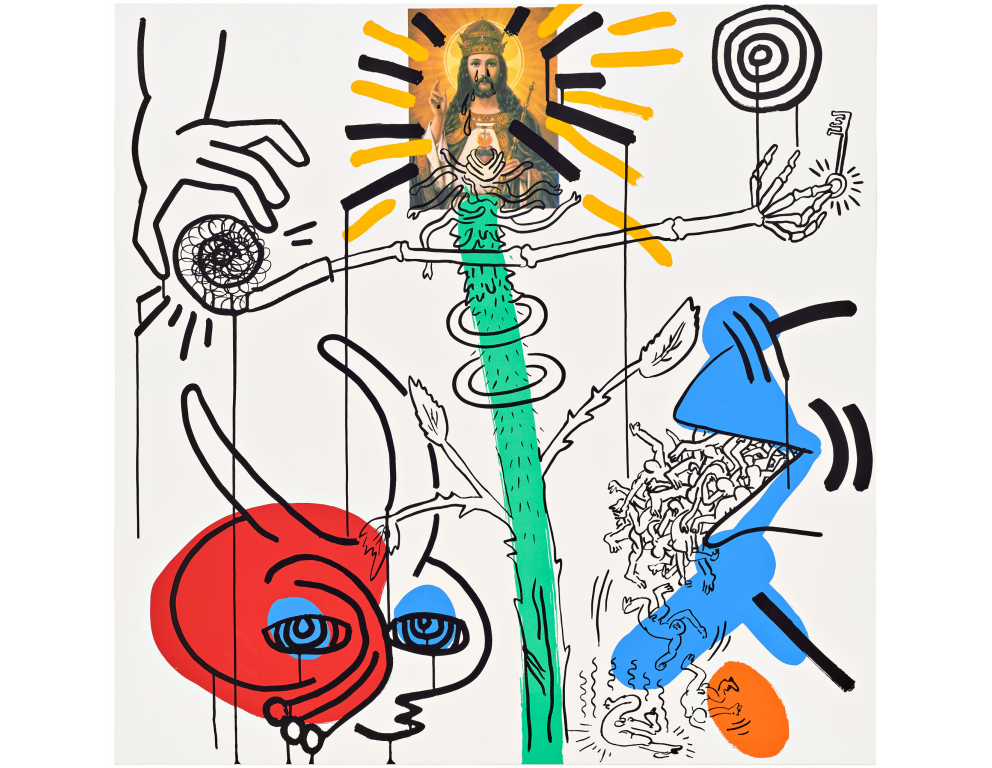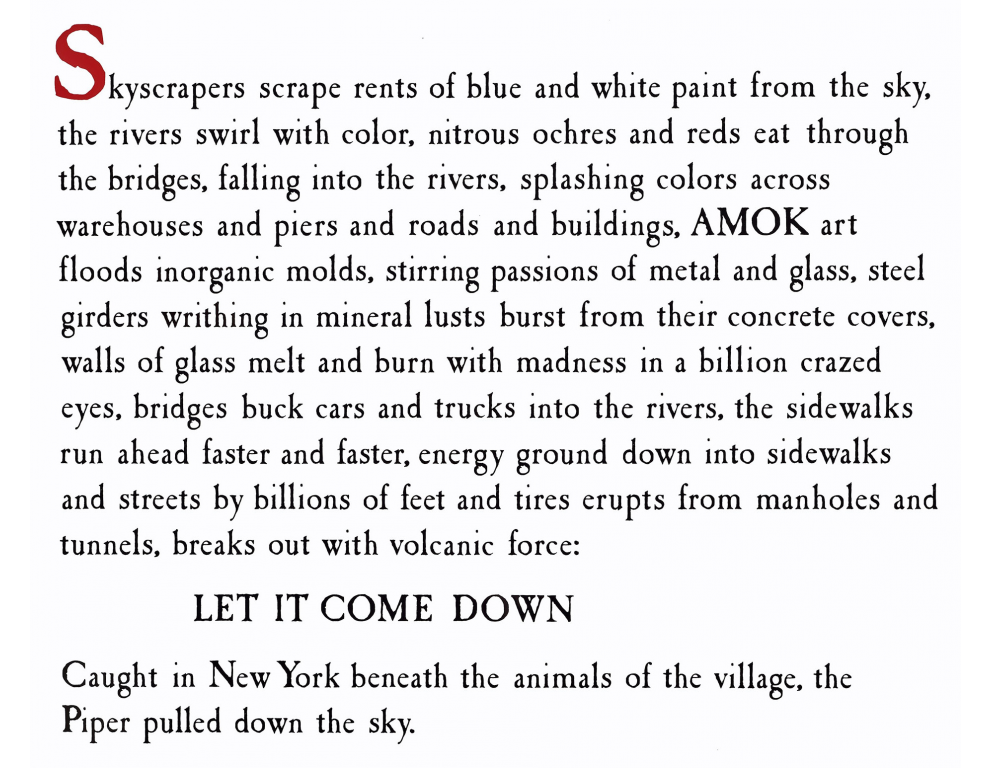-
While a student at the School of Visual Arts in 1978, Keith Haring happened upon the Nova Convention, a gathering of Beat poets and downtown artists, including William S. Burroughs, Allen Ginsberg, Laurie Anderson, and Patti Smith. Soon after this introduction, Haring read and followed the exact methods laid out in Burroughs and Brion Gysin’s 1977 book The Third Mind, which describes ways of breaking down language. Theirs was the text-based foundation upon which Haring broke forward with his visual style in 1980, introducing his inimitable line to their “cut-up” method, and creating a form of pictorial communication that expanded beyond what ideas in traditional language could accomplish.
-
Though the two did not meet until 1983, Haring later said that Burroughs was “very into a lot of the world I’ve depicted, especially in the recent things – sex, mutations, weird science fiction situations.” Erotic grotesquerie mixed with Christian symbolism characterized the works of both men.
Timothy Leary, self-proclaimed guru of the acid age, remarked that Apocalypse, the first Haring-Burroughs collaboration, was “like Dante and Titian getting together.”1
-
Haring’s work often touches on the paradoxical: life and death, religion and sexuality, heaven and hell, and political activism and conformity. His two most cited works of influence are Dante Alighieri’s Inferno and Hieronymus Bosch’s The Garden of Earthly Delights. These tropes become more prominent in the series he created with William S. Burroughs, entitled Apocalypse.
In response to Burroughs’ free-form text, Haring appropriated and collaged symbols of mass consumerism, religion, art and advertisements upon which he created his iconic imagery in stream-of-thought line. 1988 was the year that Haring was diagnosed with AIDS, the effects of which had been present for years within the New York downtown community. Computers, spermatozoa, devils, halos, divine light and radiance show the complexity, struggles, torment and illusory bliss of life at that very time. Burroughs’ text pages, printed on acetate film, are written and segmented words that heighten the polemics of euphoria and fear. They relate to today’s world just as much as when they were written in 1988.
-
On what would have been Keith Haring’s 62nd birthday, we present Apocalypse. Burroughs’ voice is heard while viewing Keith Haring’s enduring works of art, in the series they created in response to the AIDS epidemic. Today, we listen with a new sense of understanding, as we are dealing with a global, rather than generational, plague.
This recording is from Burroughs’ Dead City Radio, an album released by Island Records in 1990, and dedicated to Keith Haring.
-
Footnotes
1. The Marriage of Heaven and Hell. David Galloway. pp. 55 Keith Haring Heaven and Hell. Edited by Gotz Adriani, 2002. Hatje Cantz.
All works of art © The Keith Haring Foundation
Text © The William S. Burroughs Foundation
Audio Recordings © Island Records
Generous thanks to The William S. Burroughs Foundation, Kate Simon and The Keith Haring Foundation.
